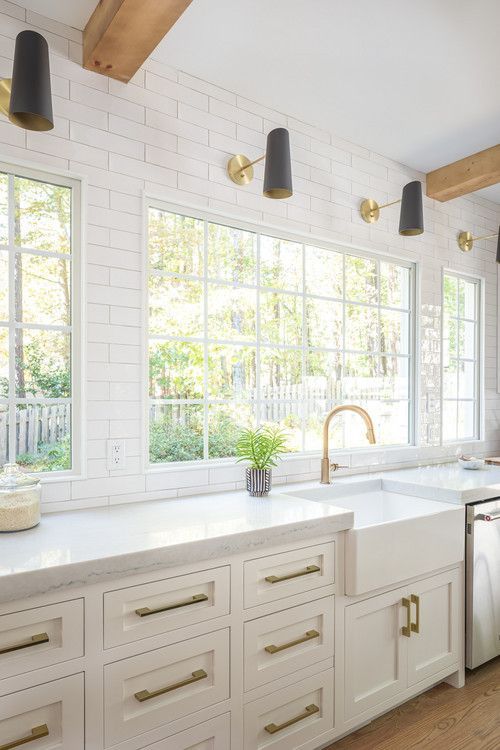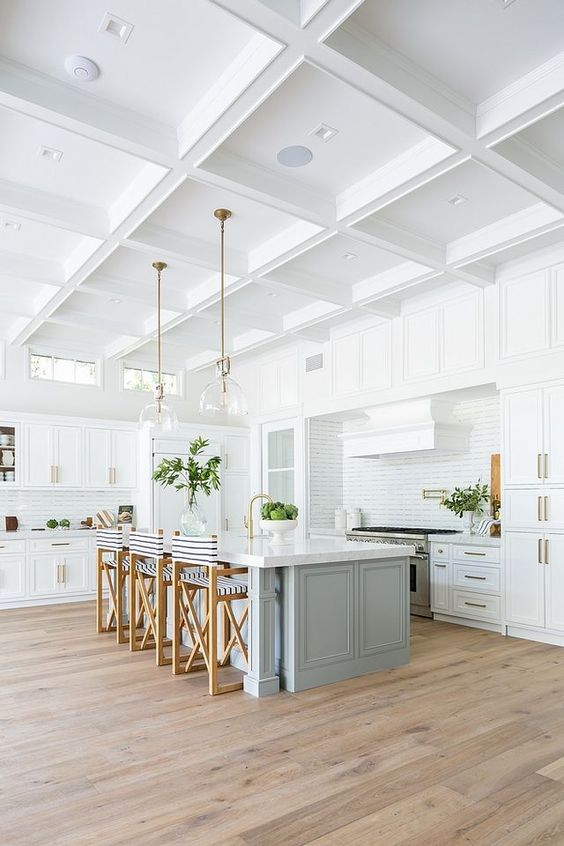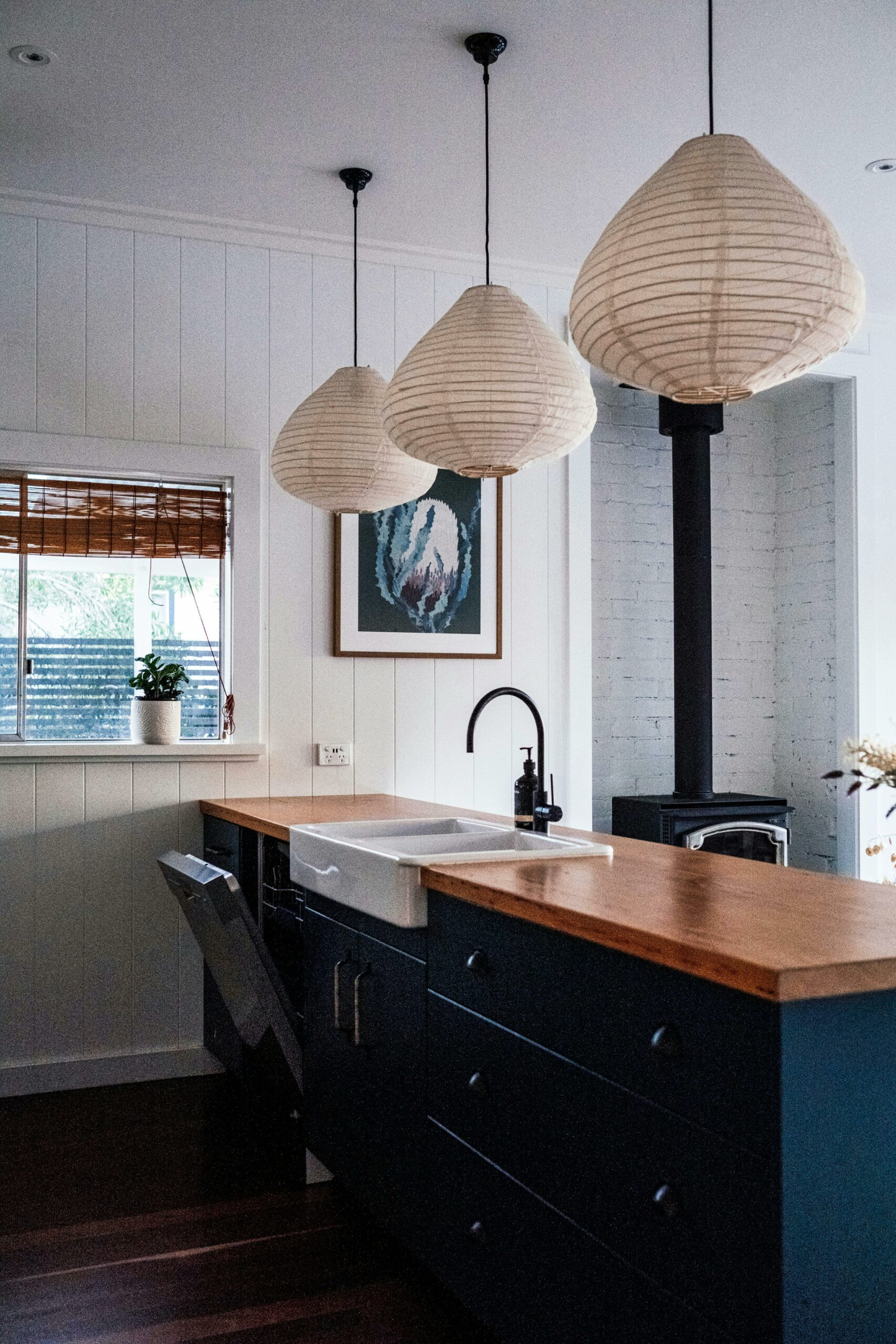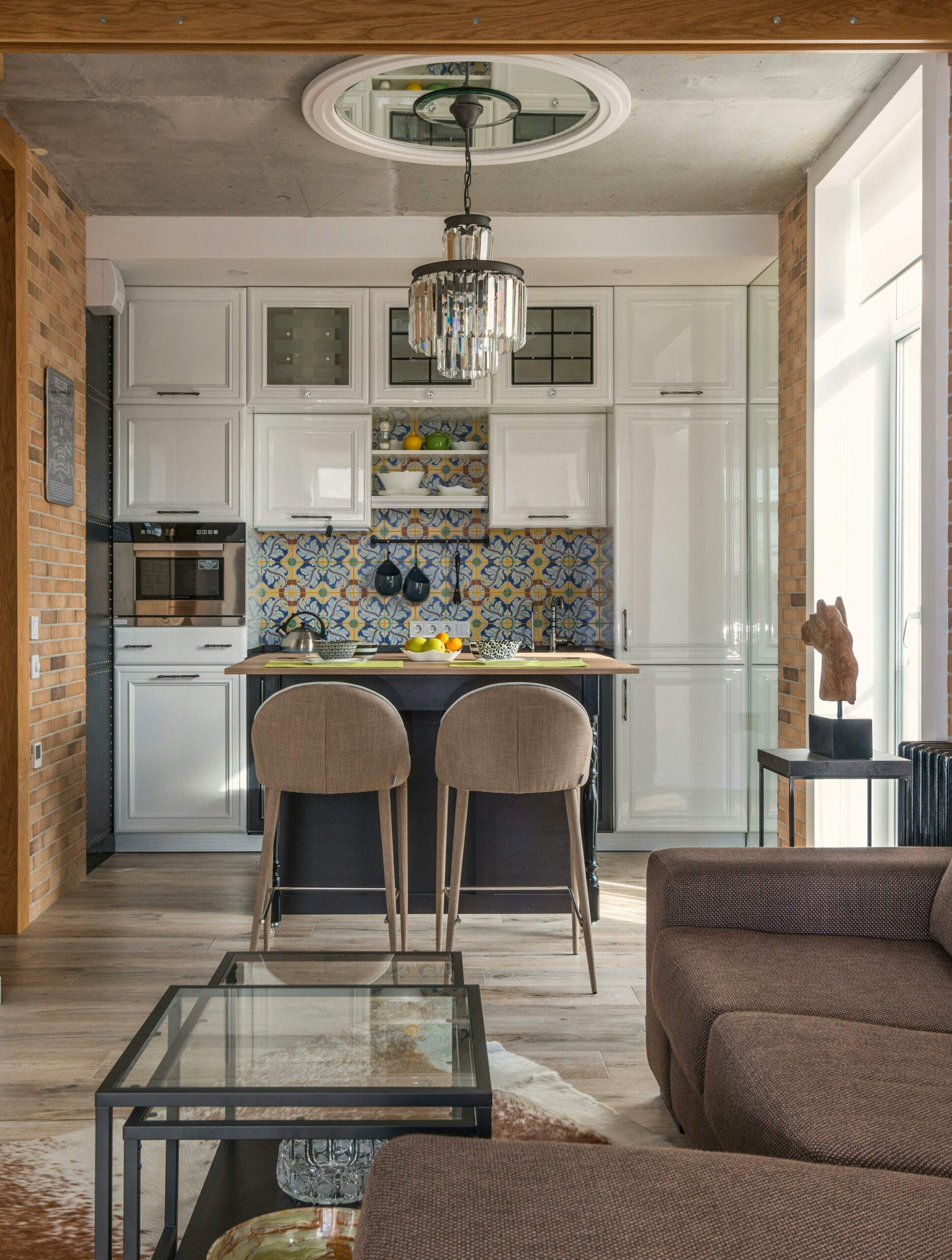If you are wondering how many lumens should a kitchen light be, you have come to the right place!
Proper lighting in the kitchen is more than just a practical necessity; it sets the mood, enhances functionality, and adds a touch of warmth to your home.
So, let’s embark on a journey to discover the magic of finding just the right amount of lumens to illuminate your culinary sanctuary.

Understanding Lumens
Lumens are like the language of light, telling us how bright a light source is.
To put it simply, lumens measure the total amount of visible light emitted by a source.
So, when you see a bulb with higher lumens, it means it shines brighter.
In the context of kitchen lighting, understanding lumens is crucial to ensure you have adequate brightness for cooking, cleaning, and all your culinary adventures.
Now, let’s debunk the myth that more watts equals more brightness.
In the past, we associated wattage with brightness because traditional incandescent bulbs followed this rule – higher watts meant brighter light.
However, with the rise of energy-efficient LED bulbs and other lighting technologies, this correlation no longer holds true.
Lumens are now the star of the show when it comes to measuring brightness accurately.
A high-lumen LED bulb can shine just as bright or even brighter than an incandescent bulb using far fewer watts.
So remember: when shopping for kitchen lights based on brightness alone, look for lumens rather than watts to ensure you get the right level of illumination without draining your energy bill.

How Many Lumens Should A Kitchen Light Be
When it comes to how many lumens should a kitchen light be, different areas require different levels of brightness.
For task lighting, such as above the countertops or the stove, you’ll want around 450-700 lumens per square meter to ensure ample light for cooking and food preparation.
Ambient lighting, which provides overall illumination in the kitchen, typically needs about 500-1000 lumens per square meter to create a warm and inviting atmosphere.
What’s more, several factors come into play when determining how many lumens your kitchen lights should have.
The size of your kitchen is a crucial factor – larger kitchens will naturally require more lumens to adequately light up the space.
Ceiling height also plays a role; higher ceilings may need fixtures with higher lumen output to effectively brighten the room.
Consider these factors carefully to ensure you choose lighting that meets both functional and aesthetic needs in your kitchen design.


Types of Kitchen Lights
When it comes to how many lumens should a kitchen light be, there are various types of light fixtures to choose from, each serving a specific purpose.
Recessed lights, also known as can lights or downlights, are popular for providing general illumination in the kitchen.
They are discreet and can be installed flush with the ceiling, offering a clean and modern look.
Pendant lights, on the other hand, are ideal for task lighting over kitchen islands or dining areas.
They come in a wide range of styles and designs to complement your kitchen decor.
In addition, determining the total lumens needed for your kitchen depends on the type and number of light fixtures you plan to use.
For recessed lights, a common rule of thumb is to aim for around 20-30 lumens per square foot of space.
So, if your kitchen is 100 square feet, you would need approximately 2000-3000 lumens in total for adequate lighting.
For pendant lights used for task lighting, consider focusing on the specific areas where you need brighter illumination and calculate the lumens accordingly.


Conclusion
Determining how many lumens should a kitchen light be is crucial in creating a functional and inviting space.
Remember that different types of light fixtures offer varying levels of brightness, so choosing the right combination is key to achieving optimal illumination.
As technology advances, energy-efficient options like LED lights provide not only cost savings but also an eco-friendly choice for illuminating your kitchen.
Embracing LED lighting not only enhances the ambiance but also contributes to a sustainable lifestyle.






